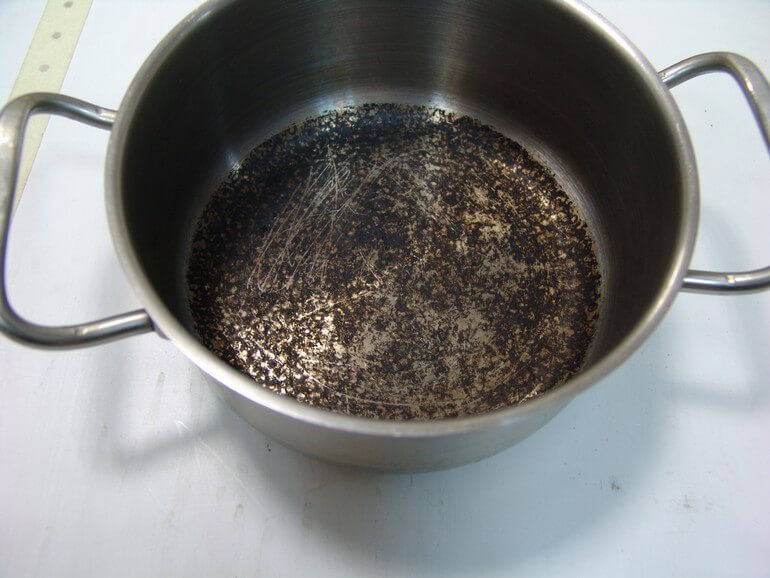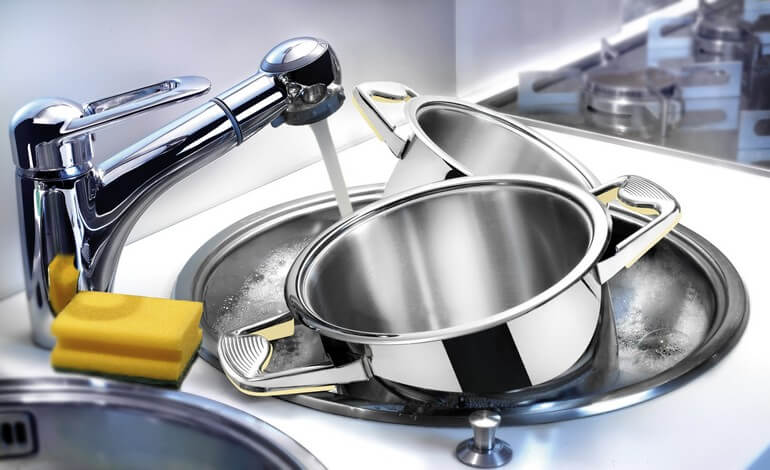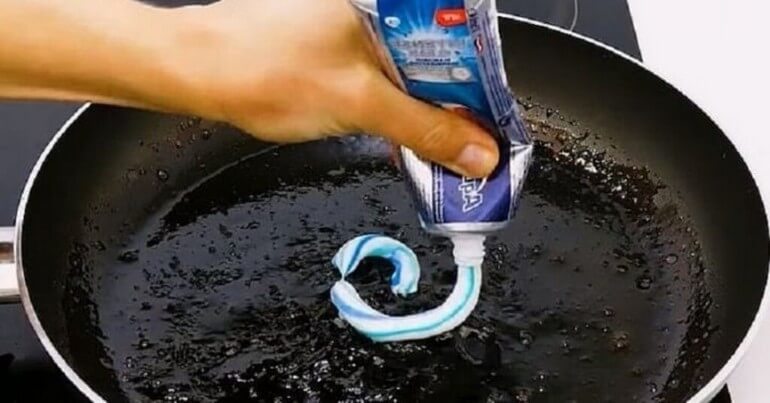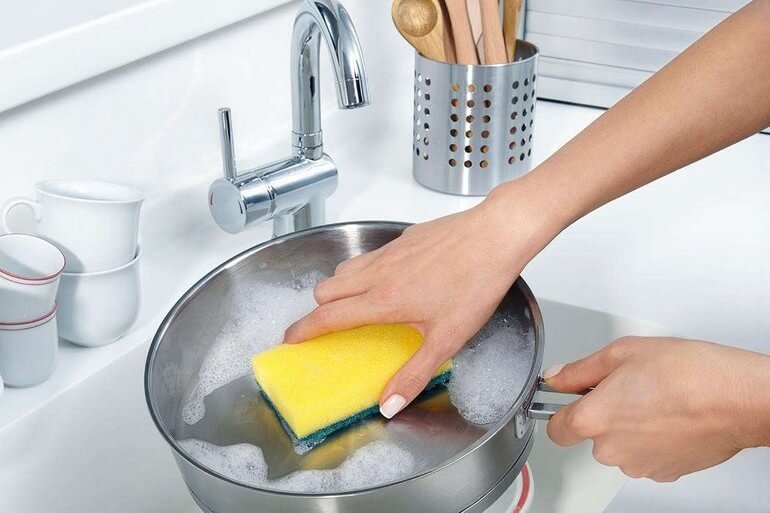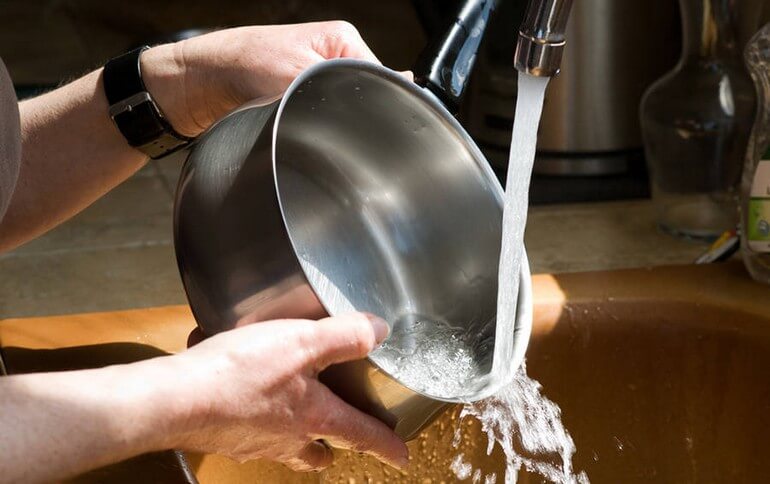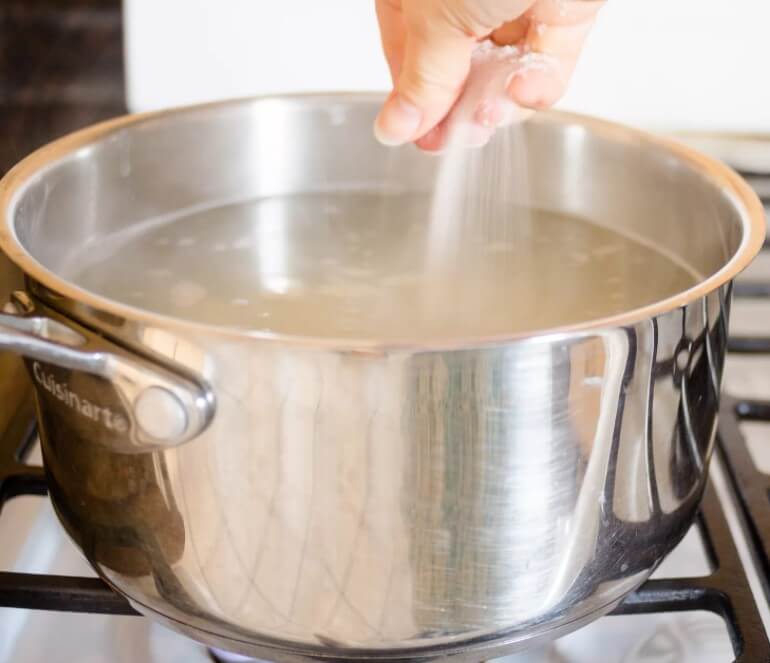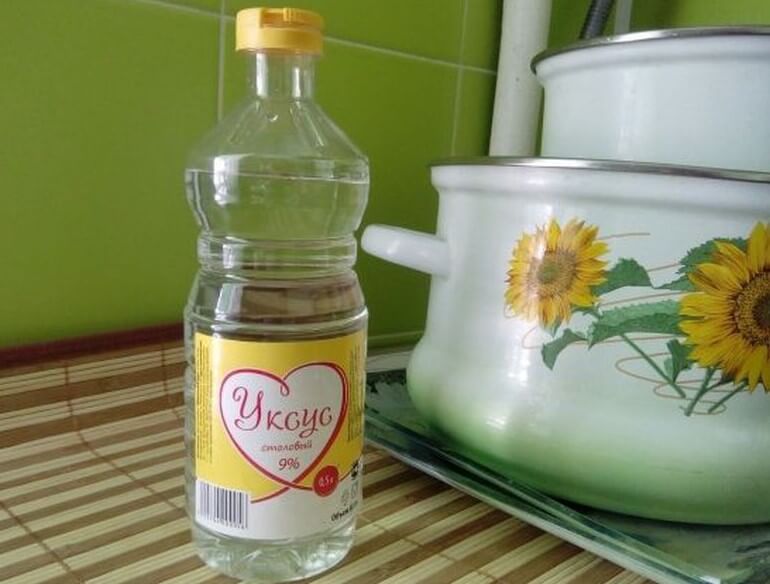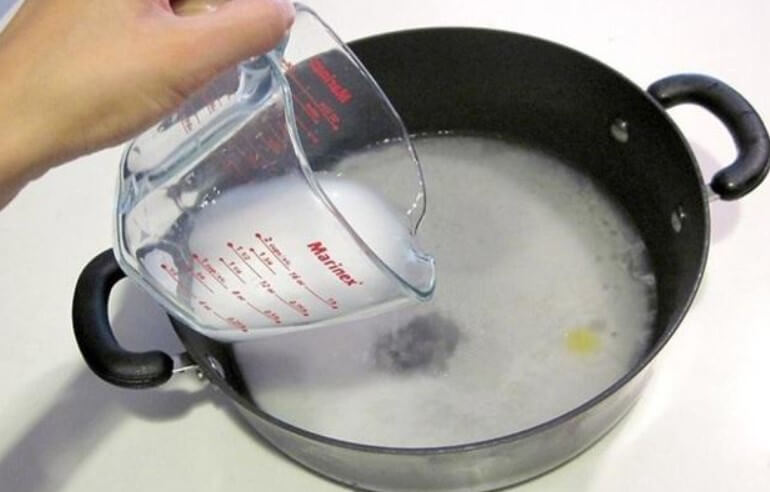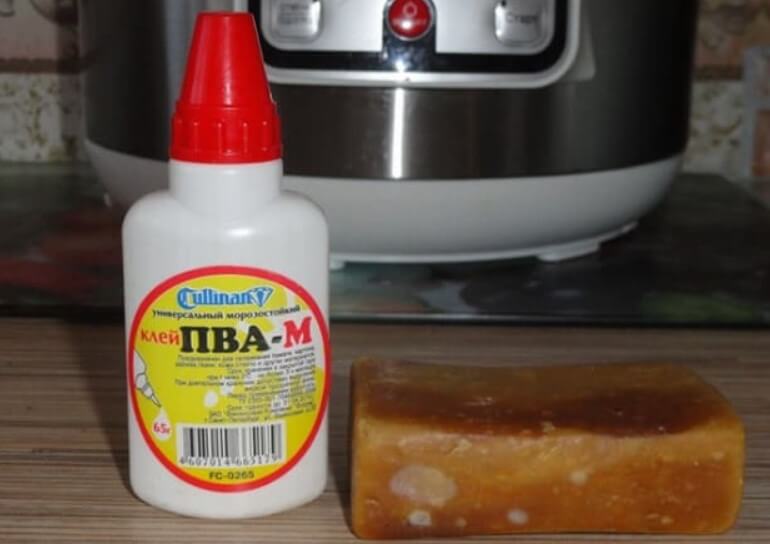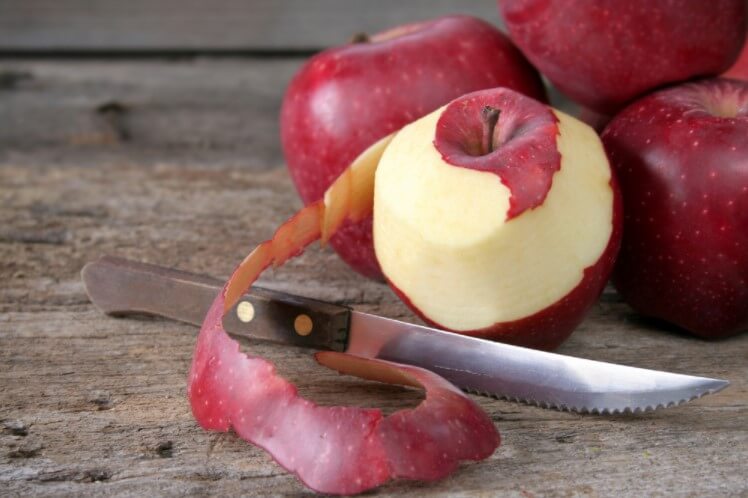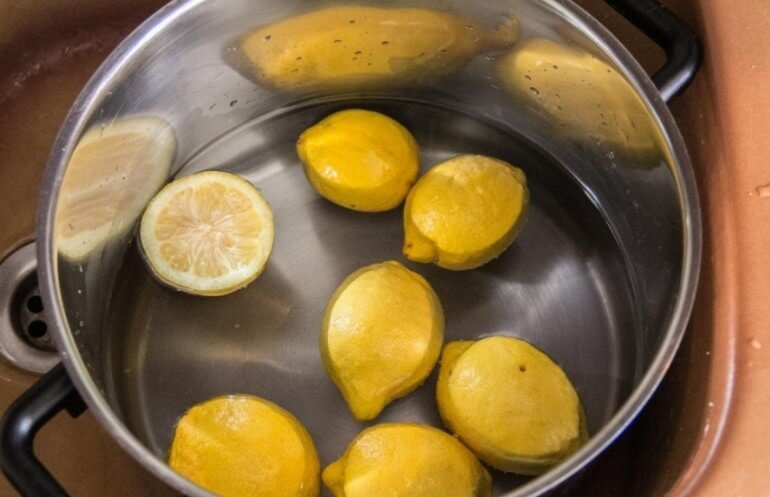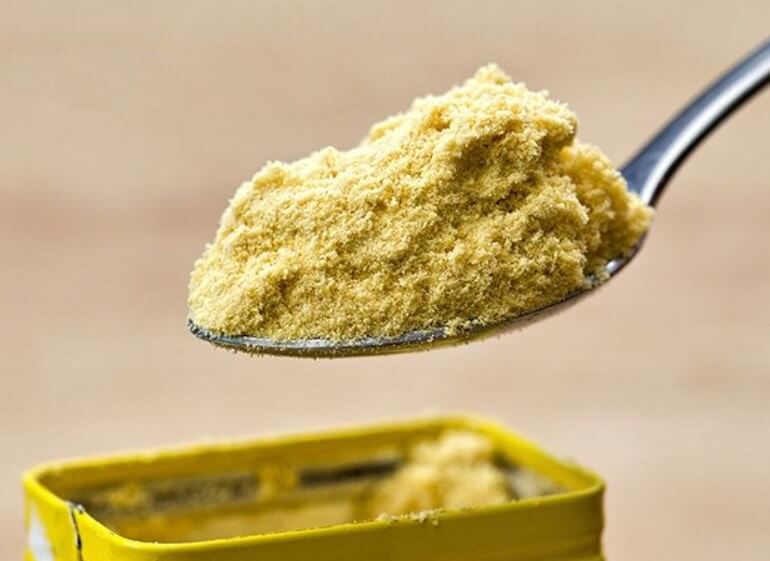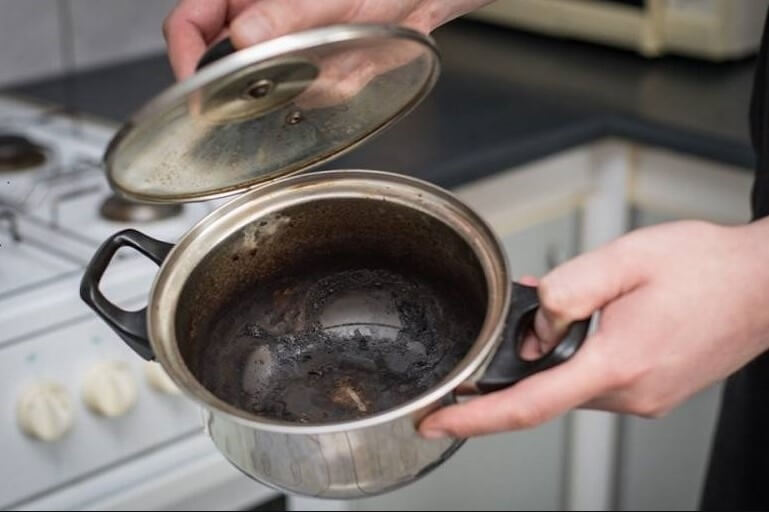When watching soap operas, the dishes of the heroines often shine with cleanliness and well-groomed. But that only happens in TV shows. In real kitchens, there are bound to be hard-to-clean dishes.
If the hostess burned a stainless steel pan, how to wash the burnt pan safely and without any extra effort?
Causes of burning
Many housewives never think about why various types of food burn, and coatings such as enameled, stainless steel, aluminum and cast iron do not behave in accordance with the manufacturer's specifications.
What can we say about the widely advertised non-stick coating.
There are several reasons for burning food:
- The surface of the pan is of poor quality. Even high-quality pans of well-known brands last no more than three years with intensive use, and fakes for them are even less. Manufacturers who are not distinguished by conscientiousness, even pots covered with enamel, manage to produce not according to technology in order to reduce their cost.
- The service life has expired. After all, in fact, only cast iron can serve for several decades. The rest of the materials are covered with scratches and chips over time.
- Owner's fault. For example, she turned on too strong a fire, or someone called / called, so she was distracted from the process.
- Poorly washed dishes.If fat remains on the surface from time to time, it gradually mixes with soot. These are ideal conditions for permanent burning.
Household chemicals
Polishing with toothpaste
Removing carbon deposits from the pan is very simple if you use a simple home remedy - toothpaste.To do this, a decent pea is squeezed out of the tube into the center of the pan and smeared over its surface.
It is necessary to leave the paste for impact. The more soiled the pan, the longer the paste should act on the surface. After that, a regular sponge for washing dishes is taken and all dirt is easily removed with it. The sponge should be handled with extreme care, and it should be made of soft materials, otherwise there is a risk of damaging the surface of the pan.
Attention: the use of toothpaste is a proven, effective way to clean the pan without damaging its surface.
White cleansing
It is safe to use whiteness to clean pots. You only need to protect your hands from exposure to chemicals, so you need to work only with rubber gloves.
Whiteness must be diluted with water and poured into a saucepan. Leave to act for an hour.
Important: the proportions of the agent are strictly individual and depend both on the degree of contamination of the pan and on the manufacturer of the agent, since the technology for the production of whiteness may differ.
When cleaning new pots, the required amount of chemicals is very minimal. If the first time it was not possible to clean the carbon deposits, the procedure should be repeated until a satisfactory result is obtained.
In addition to whiteness, you can connect other means to the process to clean the burnt stainless steel pan inside.
Cleaning with liquid soap
Boil water in a stainless steel pot and add about half a vial of liquid soap to it. Boil this mixture for 10 minutes (or more, depending on the degree of contamination).
Then drain the water, scrape the walls of the pan with a spatula, and remove those impurities that have not moved away with a hard sponge.
home remedies
Boiling
Just boiling water in a burnt pot will give little effect against strong stains.
You need to add some kind of composition to the water to enhance the effect.
Salt or soda
Pour enough water into the pot to cover the stains. Pour 5 or more tablespoons of salt into the water. The use of soda will give a similar result.
There should not be too much water, otherwise the product will simply dissolve in it, and the desired effect will not be achieved.
The composition must be mixed well and left for maximum effect overnight. During this time, the soot will be saturated with the composition, which will facilitate its subsequent removal.
Vinegar
The vinegar method is also often used by housewives. For this, a 9% solution is used. It must be poured into a burnt pan to completely cover the burnt areas, and left for 5 hours to act.
After this time, the dirt should come off and be easily removed with the hard side of the dishwashing sponge. What could not be eliminated, washed off with the help of other means.
Important: you need to work with gloves, as the vinegar itself is caustic.
Activated carbon
The tool is powerless against persistent pollution, but it can cope with light remnants of burnt food.
A standard charcoal tablet is crushed into powder, a little water is mixed into it.The mixture is carefully rubbed into the contaminated areas, left for a better effect, and then removed with a sponge. After all manipulations, the pan must be thoroughly washed.
Milk serum
Do not immediately rush to throw out sour milk. Whey contains lactic acid and can be a good aid for cleaning pots.
To do this, rinse the walls of contaminated dishes with liquid and leave to act overnight, then rub the walls with a sponge and gel and wash out the remnants of burnt food.
Laundry soap and glue
In this case, you need to pour PVA glue and shabby laundry soap into the pan, pour in water. Boil the mixture for 1.5-2 hours over low heat.
Nagar will easily come off. But the method is not suitable for aluminum and Teflon - the products will darken.
Apples
The method is simply simple.Cut a sour apple into a pot of water, bring the water to a boil and boil for half an hour. The released malic acid is an excellent helper in the fight against soot. It will easily move away from the walls of the pan.
To speed up the process, you can use the hard side of the sponge and carefully rub the sides of the pan with it.
Lemon juice or acid
Citric acid is effective against dirt on the walls of pots, especially aluminum ones. You will need a sachet of citric acid per liter.
It dissolves in water, and the pan boils for an hour. Leave the mixture to act for 40 minutes. Then pour out the liquid, and rinse the pan.
Interesting: along with the use of citric acid, freshly squeezed lemon juice is also effective.
mustard powder
Mustard perfectly fights greasy dishes and is the best remedy for these purposes.It is best to mix mustard and water paste with dishwashing detergent to enhance the effect.
And you can draw hot water into the sink or basin, add a couple of teaspoons of mustard and wash the dishes in this solution with an ordinary sponge - everything is perfectly washed.
Mustard perfectly absorbs all the chemistry and fights it better than ordinary water. Therefore, some housewives wash heavily soiled dishes first with a small amount of detergent, and then douse with mustard. And if you boil mustard powder mixed with water, the soot will easily move away from the walls.
Dishwasher cleaning
It is necessary to treat the pots inside and out with industrial dishwashing detergents and from soot and load them into the dishwasher.
Under the influence of steam in it, the soot will easily lag behind the walls, and it will not be difficult to remove it by treating the walls with a hard sponge.
What not to do
If a stainless steel pan is burnt, radical methods cannot be used for cleaning, otherwise the pan can then be sent to the trash. For example, these include cleaning with strong abrasives.Such cleaning can lead to deformation of the pan or complete detachment of the bottom.
Not a single housewife is immune from such troubles, but the above methods will reliably help get rid of unpleasant household contaminants, and you won’t have to rack your brains on how to clean a burnt pan.


